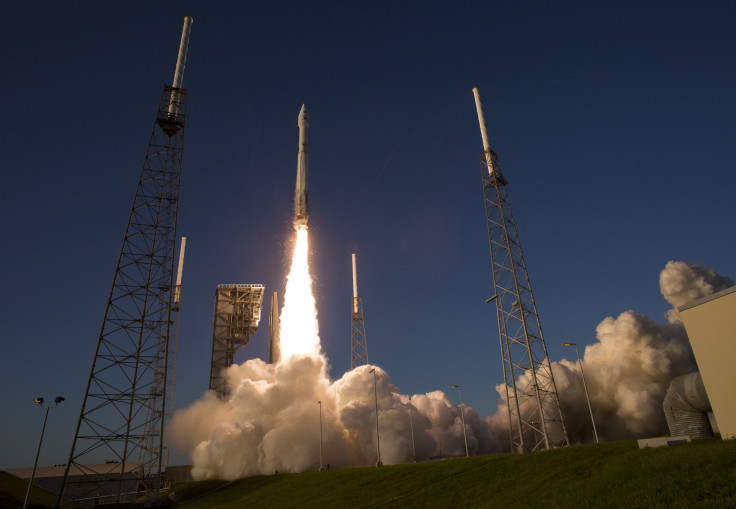NASA's OSIRIS-REx Spacecraft Arrives At Massive Asteroid Potentially On Collision Course With Earth

NASA OSIRIS REx has completed its 1.2 billion-mile journey and arrived on Dec. 3 at an asteroid deemed to be potentially hazardous as it may be on a collision course with Earth.
Asteroid Bennu 101955, measuring 1,600 feet across or about the length of five football fields, has piqued the interest of people since it was discovered on Sept. 11, 1999 by the Apollo group’s LINEAR Project.
The B-type asteroid, a body that is rich in carbon and organic molecules, remains listed on the Sentry Risk Table. The gravity interaction between Earth and Bennu during the latter’s closest approach to Earth at about 466,000 miles will somewhat alter the asteroid’s course. The two bodies are expected to be at their closest distance with each other in 2060. If the Bennu asteroid path does change course, there is one in 2,700 chances that it will collide with Earth. The potential collision was estimated to take place between 2175 and 2199.
In its official announcement about OSIRIS-REx arriving at Bennu, NASA mentioned that the mission is the first of its kind to study a potentially hazardous asteroid. With this, the study also became the first to determine the factors that could change asteroids' paths, what brings them closer to Earth and how bodies that could impact Earth truly behave.
Nonetheless, NASA was clear that the primary science goals of the mission are to refine the estimates of Bennu’s mass and spin rate as these types of asteroids could explain how planets formed and how life began.
Arriving on Dec. 3, NASA OSIRIS REx is now about 11.8 miles from Bennu’s surface facing the sun. It will start to conduct flyovers as close as nearly 4 miles. Each flyover will serve as practice for the spacecraft on how to safely navigate around the asteroid.
On Dec. 31, the spacecraft is expected to begin orbit of Bennu, coming closer at about 0.77 miles to its surface.
By February 2019, NASA's OSIRIS-REx will begin mapping Bennu with the aim to determine the best location for sample retrieval from the asteroid’s surface. The spacecraft aims to bring back at least 60 grams of regolith from Bennu.
OSIRIS-REx is scheduled to return to Earth in September 2023, bringing with it the samples taken from the surface of the asteroid.
NASA said that even with the size of Bennu being the length of five football fields, it is still the smallest body to ever be orbited by a spacecraft.
© Copyright IBTimes 2025. All rights reserved.





















